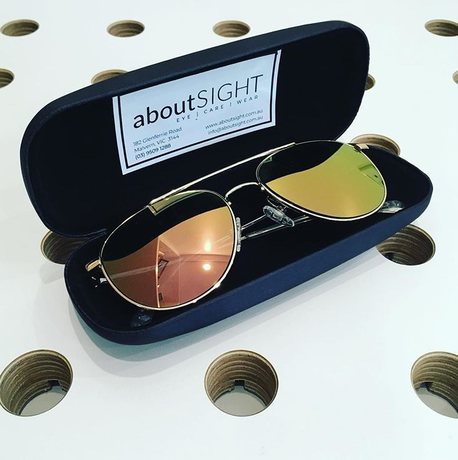Getting Ready for Summer
Like a bear coming out from hibernation, in 2020 Spring you’re probably going to be pretty eager and pretty hungry to get out and have a scratch and a sniff around. Leaving your cave for the first time, you quickly become reacquainted with a large fireball in the sky. This bright object provides you warmth, but also makes it difficult to see.
When was the last time glare affected you?
- Prepare For Glare
- As the sun shines down on us, it emits a spectrum of visible & non-visible light (UVR) that our eyes use to interpret the world around us. This light, often referred to as glare, CAN be annoying, but it also CAN damage our eyes.
During summer
- The level of UVR at noon in summer can be more than three times higher than in winter.
High glare conditions
- Sunglasses reduce glare as well as UVR, particularly sunglasses with polarised lenses.
Highly reflective surfaces
- Water, glass, metals, white sand and snow can all reflect more UVR into your eyes. Polarisation cuts out wavelengths reaching your eyes like a horizontal blind. But can affect visibility of digital displays (phones etc)
Beach or boating
- Apart from direct and scattered UVR you may be exposed to increased levels of UVR due to reflections from the water. This can bounce off the back of your lenses and into your eye unless a lens coating is applied.
- As the sun shines down on us, it emits a spectrum of visible & non-visible light (UVR) that our eyes use to interpret the world around us. This light, often referred to as glare, CAN be annoying, but it also CAN damage our eyes.
- The most practical method to avoid UVR in our eyes, and therefore glare, is to wear sunglasses. However not all sunglasses do the same job.
- Lenses used in sunglasses vary from “Do SFA” (not-effective) to “Wow! I can actually see!” (very-effective), and formalised safety standard exist
- AS/NZS 1067:2016 Eye and face protection: Sunglasses and fashion spectacles
- Lenses used in sunglasses vary from “Do SFA” (not-effective) to “Wow! I can actually see!” (very-effective), and formalised safety standard exist
- All sunglasses sold in Australia must comply to a safety standard. Must be labelled with and come with one of the following lens categories (Ranked 0 to 4):
- 0: Fashion spectacles – These are not sunglasses, as they have a very low ability to reduce sun glare. They provide limited or no UV protection.
- 1: Fashion spectacles – Like category 0 lenses, these are not sunglasses; however, they do provide limited sun glare reduction and some UV protection. Fashion spectacles with category 1 lenses are not suitable for driving at night.
- 2: Sunglasses – These sunglasses provide a medium level of sun glare reduction and good UV protection.
- 3: Sunglasses – These sunglasses provide a high level of sun glare reduction and good UV protection.
- 4: Sunglasses – These are special purpose sunglasses that provide a very high level of sun glare reduction and good UV protection. Lens category 4 sunglasses must not be used when driving at any time.
A lot of sunglasses on the market are 0-2. To really see and protect your eyes you want at least a 3!
- In addition, it is important to consider your eye-prescription. Reducing glare (UVR) + having the right prescription ensures you will have the best sight now and in the future
- About Sight can help you navigate the path to the right choice.
- Seek sunglasses from our range for fashion or form, OR BYO Frame and we can update the lenses to a bespoke array of colours, mirror finishes, lens types etc.
- See More At The Gig
Watch this Space – Will bring some top tips to the table once we finally get back to gigging.
Links:
https://www.productsafety.gov.au/standards/sunglasses-fashion-spectacles#marking-and-labelling
More Info:
For more info, message us on ‘The Gram’ at http://www.instagram.com/about.sight or SAVE US on our G-page www.aboutsight.com.au
#aboutsight #seemorein2020 #seemoreinstore
This article was extracted from the brain of Benny Hill
– Founder of About Sight
– Providing Independent and Sustainable Eye-Wear and Eye-Care to you.
More Posts for Show: The Beautiful Drive





